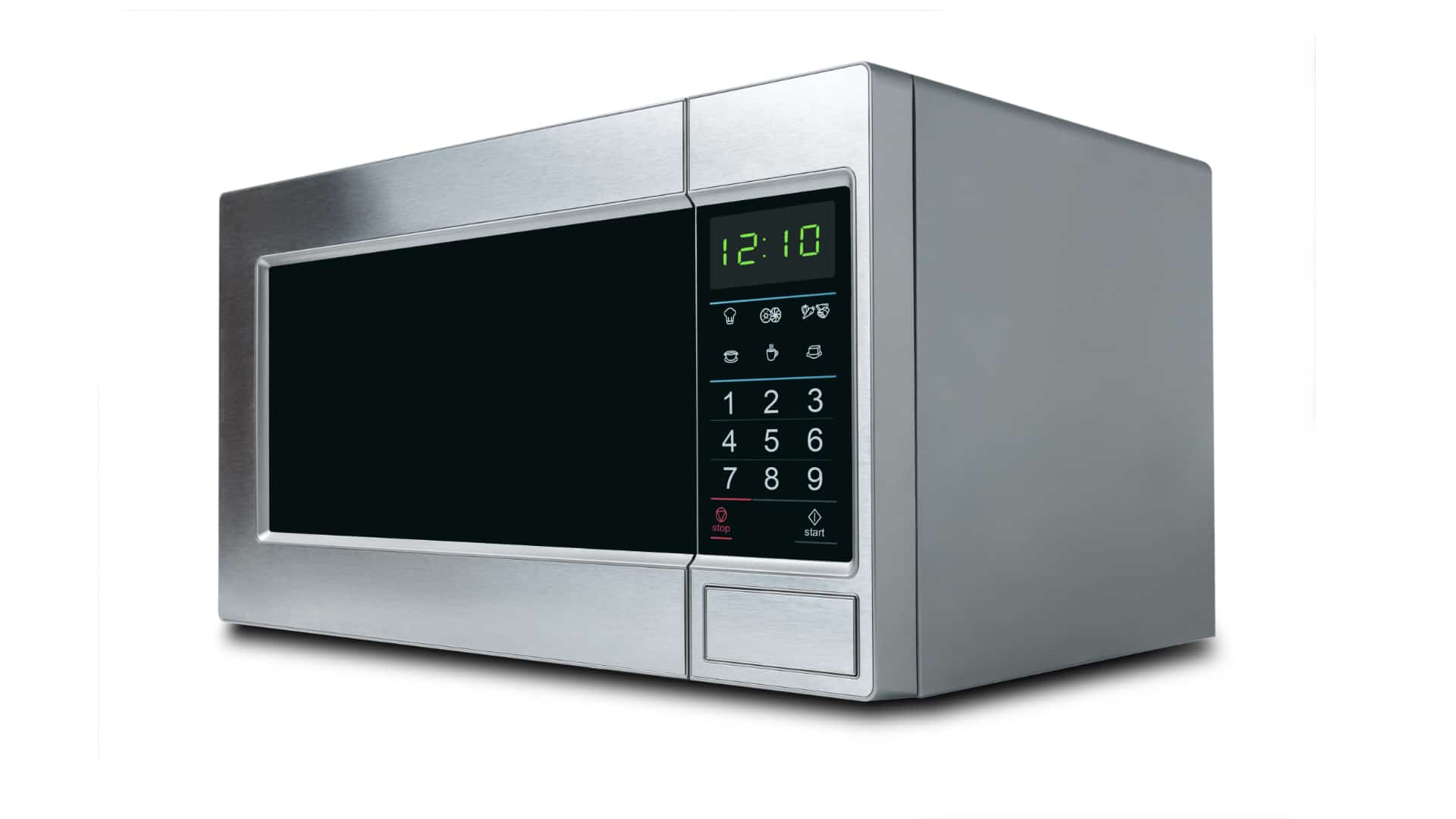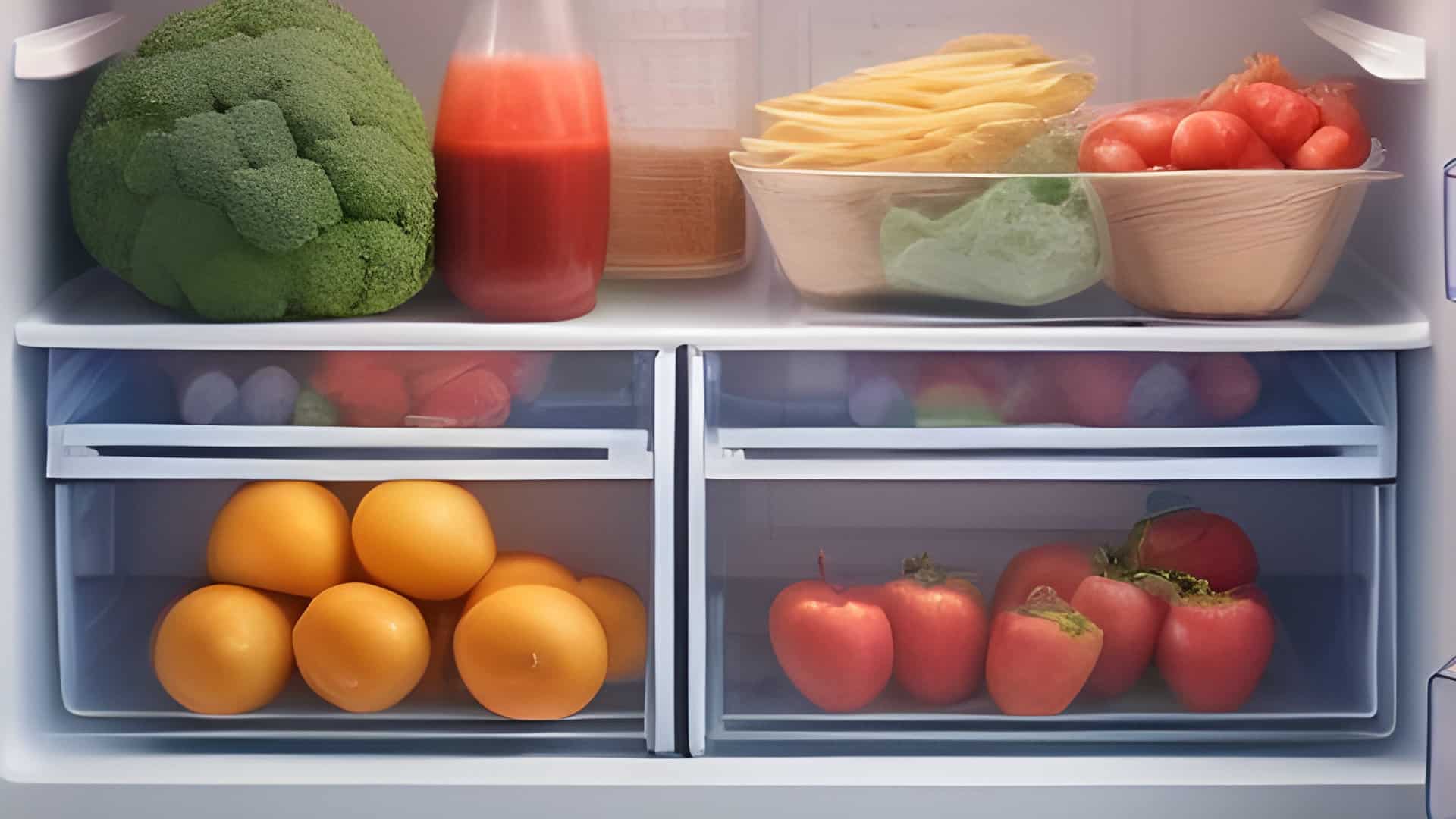
Cleaning your microwave is an important, and often neglected task. However, it shouldn’t be. Over time, food particles, spills, and splatters accumulate inside your microwave, creating a breeding ground for bacteria and mold. Regularly cleaning your microwave helps maintain a hygienic environment in your kitchen. Cleaning your microwave also ensures it’s working as efficiently as possible.
Signs your microwave needs cleaning
Several signs crop up to indicate your microwave needs to be cleaned. If you notice any of these things, it’s likely time to give your microwave some love.
- Food debris: If food particles, splatters, and spills are inside your microwave, it’s a clear sign that it needs cleaning. These food particles can build up over time and create a breeding ground for bacteria.
- Unpleasant odors: If your microwave smells unpleasant, even when it’s not in use, it’s a sign that it needs cleaning. Food odors trapped inside the microwave can find their way out to make your kitchen smell bad.
- Stains: If you see stains on the walls, ceiling, or floor of your microwave, it’s a sign that it needs cleaning. These stains can be caused by food spills or splatters and can be difficult to remove if left for too long.
- Uneven heating: If your microwave isn’t heating food evenly, it could be a sign that it needs cleaning. The buildup of food debris can cause hotspots, which affect the performance of the microwave.
- Smoke or burning smell: If you notice smoke or a burning smell coming from your microwave, it’s a sign that it needs cleaning. Food debris can catch fire and cause damage to your microwave or even start a fire in your kitchen.
5 ways to clean your microwave:
1. Vinegar and water solution
Vinegar is a natural food ingredient that’s also a great cleaner and has powerful deodorizing properties. Its natural acidity can also cut through tough stains and grease.
To use vinegar to clean your microwave, mix equal parts of white vinegar and water in a microwave-safe bowl or measuring cup. Place it inside the microwave and heat on high for 5–10 minutes until the solution boils and steam builds up. Let it cool inside the microwave for a few minutes, then remove it and use a damp cloth to wipe the interior clean. This process can be repeated until the microwave is fully cleaned.
2. Baking soda and water solution
Baking soda is another great natural cleaner, it’s also likely you already have some on hand.
To use baking soda to clean your microwave, mix 1 tablespoon of baking soda with 1 cup of water in a microwave-safe bowl. Place it in the microwave and heat on high for 5–10 minutes until the solution boils and steam builds up. Let it cool inside the microwave for a few minutes, then remove it and use a damp cloth to wipe the interior clean. This process can be repeated until the microwave is fully cleaned.
3. Lemon juice and water solution
Lemon juice, like vinegar, is a great cleaner. Its acidity can cut through grease, while its natural aroma can neutralize bad smells.
To use lemon juice as a cleaning agent for your microwave, squeeze the juice of one lemon into a microwave-safe bowl, add 1 cup of water and place it inside the microwave. Heat on high for 5–10 minutes until the solution boils and steam builds up. Let it cool inside the microwave for a few minutes, then remove it and use a damp cloth to wipe the interior clean.
4. Dish soap and water
Cleaning your microwave often doesn’t require specialized cleaning products, and often enough, dish soap is sufficient to lift and cut through any grease and food particles left in the microwave.
Simply dissolve a tablespoon or so of dish soap into a bowl of warm water and use a dish cloth soaked in the solution to scrub the inside of the microwave. The best way to do this is to remove the microwave’s turn plate, if there is one, and wash this separately. Afterwards, the inside of the microwave can be scrubbed down. Ensure the microwave is fully dried before putting the turn plate back inside.
5. Essential oils
Essential oils can freshen up your microwave and leave a pleasant scent. They not only leave a fresh aroma in your microwave but also potentially have antibacterial and antiviral properties. Be sure to choose high-quality essential oils and avoid using too much as they can be potent. Here’s how to use essential oils to clean your microwave:
Fill a microwave-safe bowl with water, leaving enough room for a few drops of essential oil. Add 3–5 drops of your favorite essential oil to the water. Lemon, orange, and lavender oils are popular choices. Place the bowl inside the microwave and heat on high for 2–3 minutes or until the solution boils and steam builds up. Let it cool inside the microwave for a few minutes, then remove it and use a damp cloth to wipe the interior clean. Make sure to wipe down the interior of the microwave with a clean damp cloth after using the essential oils to remove any residue.
How often should you clean your microwave?
It’s recommended to clean your microwave at least once a week to keep it free from food debris, grease, and spills. However, if you use your microwave frequently, you may need to clean it more often.
If you notice any signs of buildup or residue, such as stains or odors, it’s a good idea to clean your microwave right away to prevent any bacteria growth or damage to the appliance. Additionally, if you’ve had a spill or food explosion, you should clean your microwave immediately to prevent the buildup from hardening and becoming more difficult to clean later.
Regularly cleaning your microwave not only helps keep it looking and smelling good but also ensures that it functions correctly and provides safe and healthy food preparation.

Whirlpool Washer Error Codes Explained

How to Wash a Hat in the Dishwasher (In 5 Steps)

How to Fix the nF Error Code on a Samsung Washer

Kenmore Elite Dryer Issues: How To Troubleshoot

Microwave vs. Oven: Pros and Cons and How They Differ

Self-Cleaning Oven Smell: Causes & Odor Reduction Tips

Frigidaire Ice Maker Not Working? 7 Ways to Fix It

Why Is Your LG Refrigerator Not Cooling? (9 Common Reasons)

GE Oven F2 Error: Causes & Solutions






